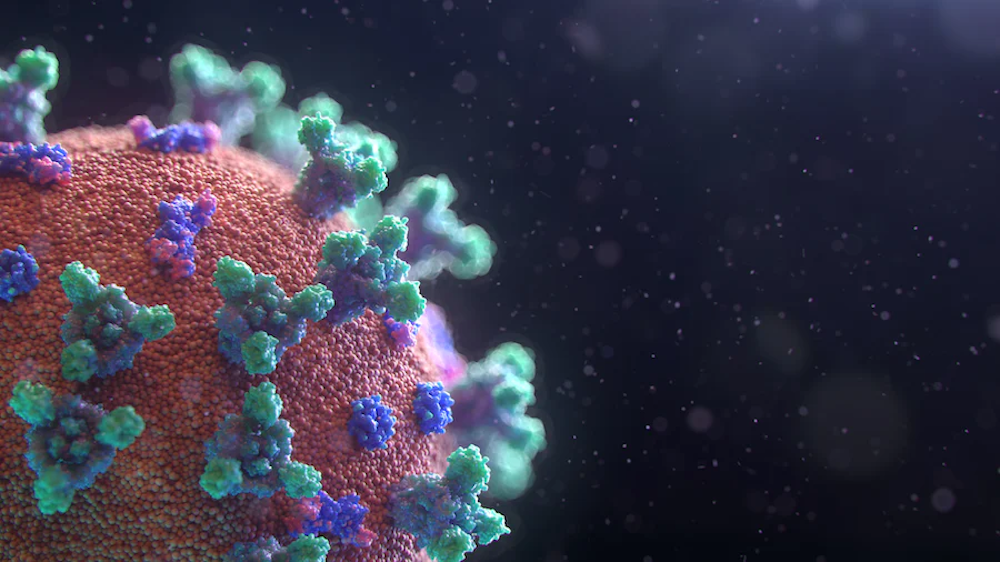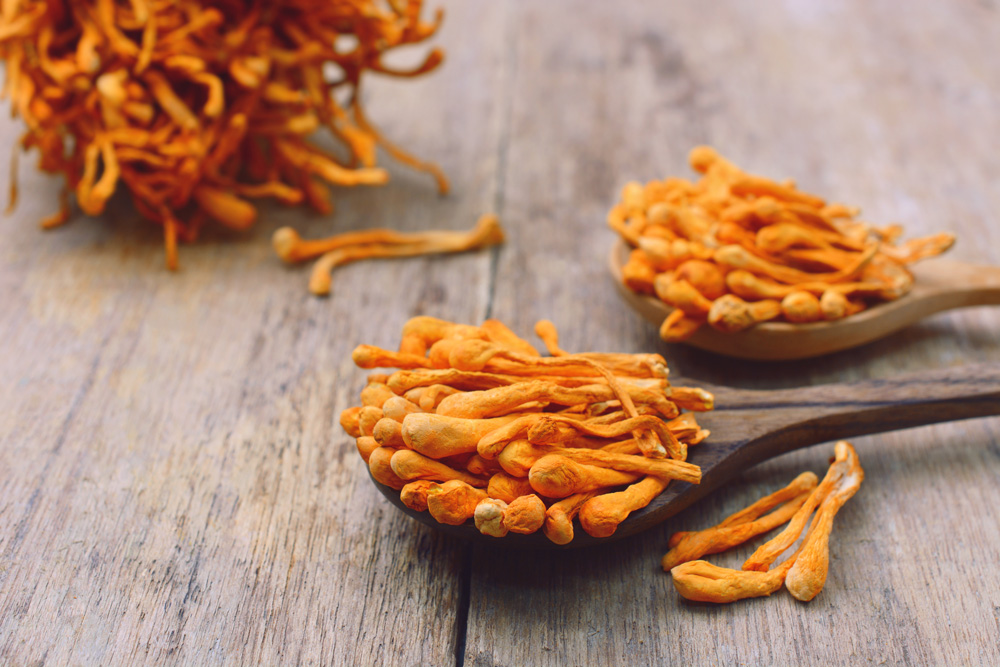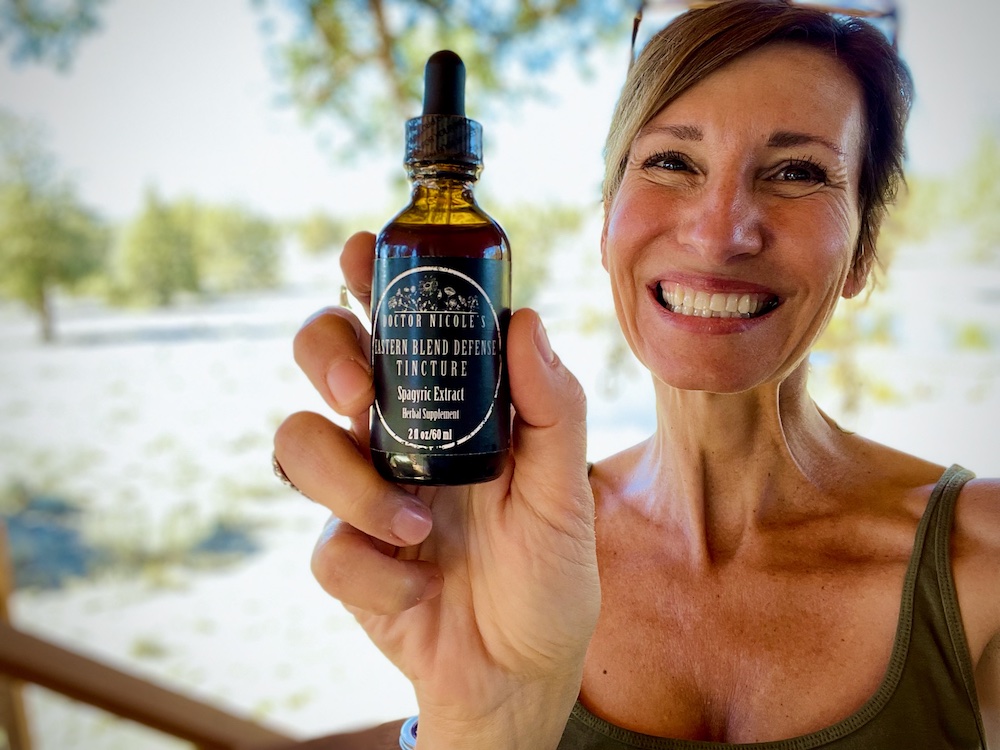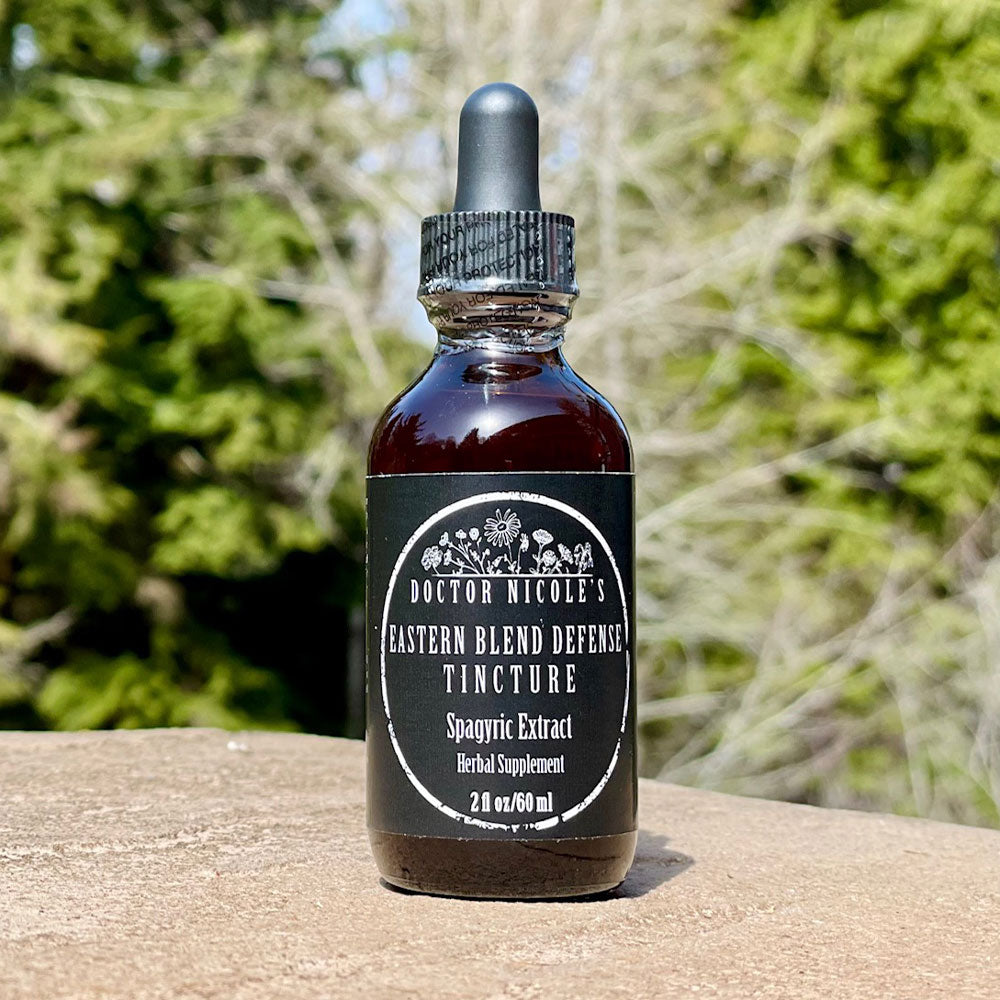A Common Viral Infection
Most of us have been exposed at some point in our lives to the Epstein-Barr Virus (EBV) — a type of herpesvirus (HHV-4). Mononucleosis is one of the most well-known EBV diseases, but the virus is also associated with certain forms of cancer, long haul syndrome, and a range of autoimmune disorders — including Hashimoto’s thyroiditis, which will be the focus of this post. But first, let’s take a look at the hallmark symptoms of an EBV infection and how the virus spreads.
Symptoms
Not everyone experiences symptoms when exposed to EBV, which is particularly true of children. Typically, teenagers and adults tend to exhibit the following symptoms:
- Sore throat
- Swollen lymph nodes in the neck or underarms
- Fever
- Tiredness or severe fatigue
- Headache
- Aches
- Skin rash
- Swollen spleen or liver
These symptoms can last 2-4 weeks, but the fatigue often lingers for weeks or months.

How does the virus spread?
Epstein-Barr Virus is often called the “kissing disease” because it is spread through bodily fluids, especially saliva. It can also spread through blood and semen. Even if you aren’t symptomatic, you can spread EBV as soon as you contract it and while the virus is active — which can be weeks or even months.
Once the virus becomes dormant — also referred to as a state of latency — you are no longer contagious unless the virus is reactivated. The virus stays within your body for the rest of your life. For most, it remains inactive. But some studies have found that inflammation caused by other viruses can trigger reactivation.1,2
If the initial infection develops into ongoing symptoms that are not resolved over time and the virus does not go into a state of latency, it is classified as chronic active EBV (CAEBV). This happens when the immune system is not able to control the infection. In addition to the above symptoms, CAEBV can also lead to muscle pain, joint stiffness, anemia, liver failure, and in rare cases, cancer — including lymphomas and leukemia. Other forms of cancer associated with EBV are nasopharyngeal (cancers in the back of the nose) and gastric adenocarcinoma (stomach cancer). Thankfully cancers linked with EBV are uncommon and only account for about one percent of cancers around the world.
EBV & Autoimmunity
The Epstein-Barr Virus is also associated with certain forms of autoimmunity, such as lupus, multiple sclerosis, rheumatoid arthritis, celiac disease, type I diabetes, inflammatory bowel disease, along with Hashimoto’s and Graves disease.3 See this post for more information on the connection between EBV and multiple sclerosis.
How is Hashimoto’s thyroiditis related to EBV? Great question! While researchers do not know the cause of why Hashimoto’s arises, studies have found a strong link between the Epstein-Barr Virus and thyroid autoimmunity. One study found that those with Hashimoto’s had elevated serum levels of EBV.4 Another 2015 Polish study discovered that an astounding 80% of Hashimoto’s patients had EBV in their thyroid cells.5 Experts believe the virus alters the way certain genes are expressed, leading to an increased risk of autoimmunity — including Hashimoto’s.3
Antiviral Herbal Solutions
In light of these findings, addressing an EBV infection is crucial if you have Hashimoto’s or another autoimmune disease. Several antiviral herbs can help, including:
Lomatium. A powerful antiviral, lomatium helps to reduce the viral load of herpes simplex — including the Epstein-Barr Virus.
Cat’s Claw. Used for centuries in South America for inflammation, modulating the immune system, and as an antimicrobial, cat’s claw can also lower viral load from EBV infections and help calm the inflammation of Hashimoto’s.
Safety: If you have an autoimmune condition, I recommend consulting with a naturopathic physician who is familiar with your personal health history before using cat’s claw, since there is debate about whether or not the herb overstimulates the immune system in the case of autoimmunity.
Below are my top recommended antiviral herbal remedies that also address the fatigue, brain fog, and inflammation that often accompany an EBV infection and Hashimoto’s. Each is found in our potent Eastern Blend:
Cordyceps
Cordycepin from C. militaris is thought to inhibit viral entry and viral replication in the host body’s cells. Cordyceps also combats fatigue, fights chronic inflammation, and improves cognitive function.
Japanese Honeysuckle
Another potent antiviral, this herb also modulates the immune system, significantly increases killer (NK) cells, and has powerful anti-inflammatory properties.8
Chinese Skullcap
The baicalin and wogonin content in Chinese skullcap has been shown to exhibit strong antiviral activity and also protect against oxidative stress. It is also neuroprotective and enhances cognitive health.7
Japanese Knotweed
This herb contains high concentrations of trans-resveratrol, the active form of the compound most useful to our body. It has strong antioxidant activity and inhibits viral replication. Japanese knotweed is not only antiviral but also has strong activity against both growing B. burgdorferi and non-growing stationary phase B. burgdorferi in the treatment of Lyme disease.6 It is important to note Lyme disease has been recognized as a possible trigger for the development of Hashimoto’s.9
Our Eastern Blend offers powerful support for those struggling with Epstein-Barr Virus, inflammation, and the brain fog commonly linked with Hashimoto’s thyroiditis. Visit my apothecary today and discover the natural healing benefits of this and many other helpful herbal extracts!
Nicole Apelian
Nicole’s Apothecary Products in this Post
References
- Kawamoto, Y., Ueno, Y., Nakahashi, E., Obayashi, M., Sugihara, K., Qiao, S., Iida, M., Kumasaka, M. Y., Yajima, I., Goto, Y., Ohgami, N., Kato, M., & Takeda, K. (2016). Prevention of allergic rhinitis by ginger and the molecular basis of immunosuppression by 6-gingerol through T cell inactivation. The Journal of nutritional biochemistry, 27, 112–122. https://doi.org/10.1016/j.jnutbio.2015.08.025. https://pubmed.ncbi.nlm.nih.gov/26403321/
- Gold, J. E., Okyay, R. A., Licht, W. E., & Hurley, D. J. (2021). Investigation of Long COVID Prevalence and Its Relationship to Epstein-Barr Virus Reactivation. Pathogens (Basel, Switzerland), 10(6), 763. https://doi.org/10.3390/pathogens10060763
- Su, Y., Yuan, D., Chen, D. G., Ng, R. H., Wang, K., Choi, J., Li, S., Hong, S., Zhang, R., Xie, J., Kornilov, S. A., Scherler, K., Pavlovitch-Bedzyk, A. J., Dong, S., Lausted, C., Lee, I., Fallen, S., Dai, C. L., Baloni, P., Smith, B., … Heath, J. R. (2022). Multiple early factors anticipate post-acute COVID-19 sequelae. Cell, 185(5), 881–895.e20. https://doi.org/10.1016/j.cell.2022.01.014
- Harley, J. B., Chen, X., Pujato, M., Miller, D., Maddox, A., Forney, C., Magnusen, A. F., Lynch, A., Chetal, K., Yukawa, M., Barski, A., Salomonis, N., Kaufman, K. M., Kottyan, L. C., & Weirauch, M. T. (2018). Transcription factors operate across disease loci, with EBNA2 implicated in autoimmunity. Nature genetics, 50(5), 699–707. https://doi.org/10.1038/s41588-018-0102-3
- Dittfeld, A., Gwizdek, K., Michalski, M., & Wojnicz, R. (2016). A possible link between the Epstein-Barr virus infection and autoimmune thyroid disorders. Central-European journal of immunology, 41(3), 297–301. https://doi.org/10.5114/ceji.2016.63130
- Janegova, A., Janega, P., Rychly, B., Kuracinova, K., & Babal, P. (2015). The role of Epstein-Barr virus infection in the development of autoimmune thyroid diseases. Endokrynologia Polska, 66(2), 132–136. https://doi.org/10.5603/EP.2015.0020
- Feng, J., Leone, J., Schweig, S., & Zhang, Y. (2020). Evaluation of Natural and Botanical Medicines for Activity Against Growing and Non-growing Forms of B. burgdorferi. Frontiers in medicine, 7, 6. https://doi.org/10.3389/fmed.2020.00006
- Sowndhararajan K, Deepa P, Kim M, Park SJ, Kim S. Neuroprotective and Cognitive Enhancement Potentials of Baicalin: A Review. Brain Sci. 2018 Jun 11;8(6):104. doi: 10.3390/brainsci8060104. PMID: 29891783; PMCID: PMC6025220.
- Zhou, X., Dong, Q., Kan, X., Peng, L., Xu, X., Fang, Y., & Yang, J. (2018). Immunomodulatory activity of a novel polysaccharide from Lonicera japonica in immunosuppressed mice induced by cyclophosphamide. PloS one, 13(10), e0204152. https://doi.org/10.1371/journal.pone.0204152
- Nyembezi Dhliwayo, Rana Wajahat, Andriy Havrylyan, Alvia Moid, Walid Khayr, Charles P Barsano, Lyme Disease: An Autoimmunity-Based “Destructive Thyroiditis” or Just Another “Non-Thyroidal Illness”?, Journal of the Endocrine Society, Volume 5, Issue Supplement_1, April-May 2021, Pages A940–A941, https://doi.org/10.1210/jendso/bvab048.1922







